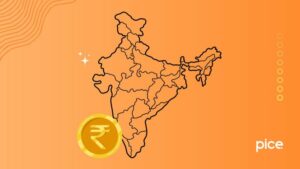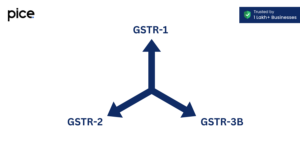GST Composition Scheme: Advantages and Disadvantages
- 20 Sep 24
- 14 mins

GST Composition Scheme: Advantages and Disadvantages
Key Takeaways
- The GST Composition Scheme simplifies tax compliance for small businesses with reduced GST rates based on turnover.
- Eligibility is limited to businesses with an annual turnover of up to INR 1.5 crore (INR 75 lakh for special category states).
- Offers lower GST rates: 1% for manufacturers and traders, 5% for restaurants, and 6% for certain service providers.
- Restricts interstate sales, e-commerce sales, and the ability to claim input tax credit.
- Businesses must assess if the scheme aligns with their operations, especially regarding sales mode and input tax credits.
The GST (Goods and Services Tax) Composition Scheme is a tax simplification measure designed for small taxpayers to reduce their compliance burden. It allows eligible businesses to pay GST at a fixed rate of turnover and simplifies the tax filing process. Below are the detailed aspects of the Composition Scheme under GST:
What is the composition scheme under GST?
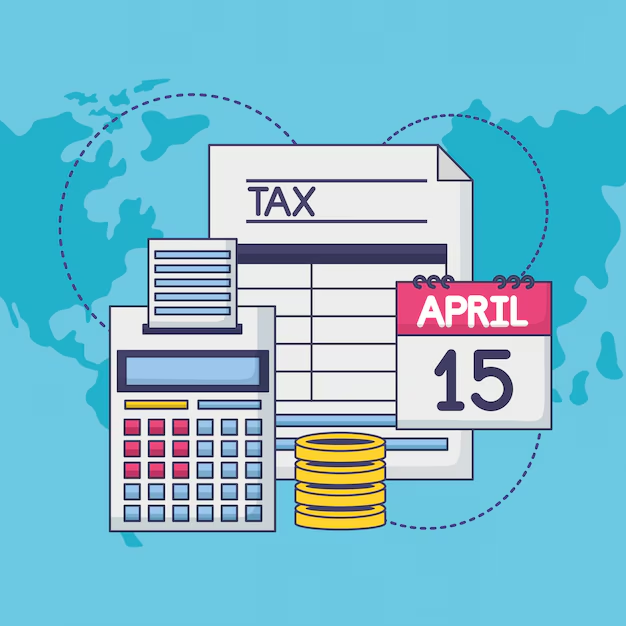
The Composition Scheme under GST is a voluntary scheme for small taxpayers to ease their compliance burden. It allows them to pay GST at a nominal rate of their turnover without the need to maintain detailed records and comply with complex tax procedures.
Benefits of the Composition Scheme in GST
- Simplified Tax Procedures: One of the primary advantages of this scheme is the simplification of the tax filing process. Companies under this scheme are required to file returns only once per quarter, as opposed to monthly filings, significantly reducing the administrative burden and complexity associated with GST compliance.
- Lower Tax Liability: Companies opting for the Composition Scheme benefit from lower tax rates compared to the normal GST rates. This can lead to substantial savings, especially for small businesses with tight margins, thereby improving their cash flow and profitability.
- Reduced Compliance Costs: With simplified record-keeping and fewer filings, firms incur lower costs related to tax compliance. This can be particularly beneficial for small businesses that may not have the resources to manage complex tax paperwork and procedures.
- Increased Liquidity: Lower taxes under the Composition Scheme mean that firms can retain more of their revenue, enhancing liquidity. This increased cash on hand can be crucial for small businesses in managing day-to-day operations and investing in growth opportunities.
- Ease of Doing Business: The straightforward and less burdensome compliance requirements under the Composition Scheme make it easier for small businesses to operate within the legal framework of GST without needing extensive tax knowledge or hiring specialists.
- Lesser Litigation Risk: Since the scheme simplifies tax rates and compliance procedures, there is a reduced risk of errors in tax filings, leading to fewer chances of litigation and penalties for non-compliance.
Eligibility Criteria
- Annual Turnover Limit: The scheme is available to businesses with an annual turnover up to a specified limit. This limit is generally INR 1.5 crore for most firms across India. For businesses in special category states, the limit may be lower, typically INR 75 lakhs.
- Type of Business: The scheme is primarily available to traders, manufacturers, restaurants (that do not serve alcohol), and certain service providers. It's important to note that specific service providers have been included under this scheme with a turnover limit of up to INR 50 lakhs.
- No Interstate Supply: Businesses opting for the Composition Scheme cannot engage in interstate supply of goods. This means they can only sell goods within their own state.
- No E-commerce Sales: Company that sell goods through e-commerce platforms are not eligible for the Composition Scheme, as these sales often imply interstate commerce.
- Goods and Services Taxpayer: The applicant must be registered under GST. This scheme is not available for businesses not required to register under GST.
- Non-taxable Goods: Businesses dealing in goods that are exempt from GST are not eligible for the Composition Scheme.
- One PAN, One Scheme: If a firms has multiple business verticals under the same PAN, all of them must collectively opt for or opt out of the Composition Scheme.
GST Tax Rates under the Composition Scheme
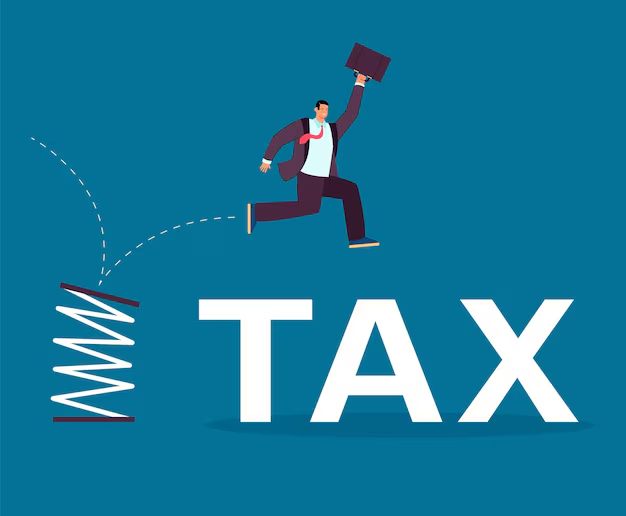
Under the GST Composition Scheme, companies benefit from significantly lower tax rates compared to the standard GST rates. These rates are designed to simplify tax compliance and reduce the tax burden on small businesses.
The specific tax rates applicable under the Composition Scheme are as follows:
- Manufacturers and Traders: For manufacturers and traders of goods, the GST rate is 1% of the turnover. This is divided equally between CGST (Central Goods and Services Tax) and SGST (State Goods and Services Tax) at 0.5% each.
- Restaurants Not Serving Alcohol: Restaurants that do not serve alcoholic beverages for consumption are charged a GST rate of 5% of the turnover. This rate is inclusive of both CGST and SGST.
- Other Eligible Service Providers: A specific category of service providers, recently made eligible for the Composition Scheme, are taxed at 6% of their turnover, with an equal division of 3% each for CGST and SGST.
Who Can and Cannot Avail of the GST Composition Scheme
The GST Composition Scheme is designed to simplify GST compliance for small taxpayers, but it comes with specific eligibility criteria defining who can and cannot avail of this scheme.
Who Can Avail
- Small Businesses: Small traders, manufacturers, and restaurants with an annual turnover below the threshold limit specified by the GST Council (currently INR 1.5 crore for most states and INR 75 lakhs for special category states).
- Certain Service Providers: A specific category of service providers with an annual turnover of up to INR 50 lakhs, as recently allowed under the scheme.
Who Cannot Avail
- Service Providers: Except for those specifically allowed (like restaurants and some other specific services), most service providers cannot opt for the Composition Scheme.
- Inter-State Suppliers: Businesses that make inter-state supplies are not eligible for the scheme.
- E-Commerce Sellers: Suppliers selling goods through e-commerce platforms that are required to collect tax at source cannot opt for the Composition Scheme.
- Non-Resident Taxable Persons: Non-resident taxpayers and casual taxable persons cannot avail of this scheme.
- Suppliers of Non-GST Goods: Firms dealing in goods that are not subject to GST are not eligible.
- Manufacturers of Certain Goods: Manufacturers of specific goods which the GST Council has excluded from the scheme.
Filing Composite GST Returns
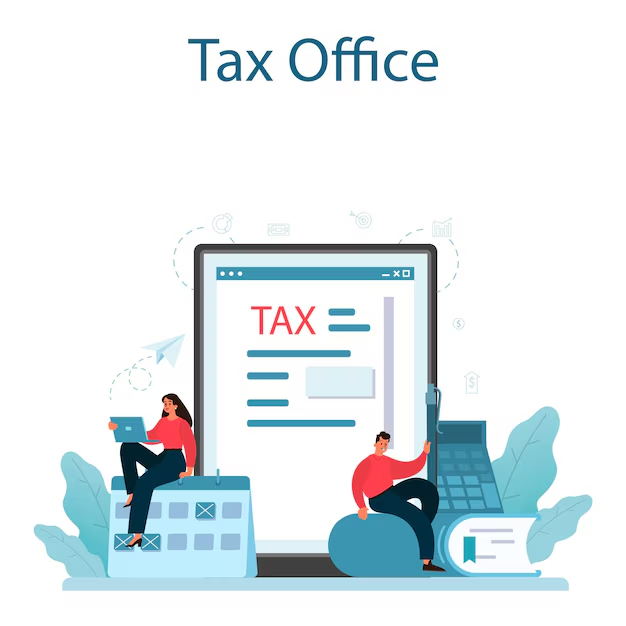
Filing returns under the Composition Scheme is relatively easy. Businesses need to file summarized returns on a quarterly basis (CMP-08) and an annual return (GSTR-4), reducing the compliance load.
Quarterly Returns (CMP-08)
- Payment of Tax: Businesses need to pay tax quarterly through Form CMP-08, which serves as a statement of self-assessed tax for the quarter. This form is due on the 18th of the month following the quarter's end.
- Simplified Details: CMP-08 requires basic details about the turnover and the tax paid, making it less cumbersome than the regular GST returns.
Annual Return (GSTR-4)
- Annual Summary: Once a year, businesses under the Composition Scheme must file GSTR-4, the annual return. This return summarizes the quarterly payments and provides a consolidated view of the year's transactions.
- Due Date: GSTR-4 is due on the 30th of April, following the end of the financial year.
- Record Keeping: While the filing is simplified, businesses must still maintain records of their sales and purchases as they could be subject to scrutiny.
Key Points
- Simplified Process: The filing process under the Composition Scheme is designed to be less burdensome, with only quarterly payments and an annual return.
- No Monthly Returns: Unlike regular GST registrants, those under the Composition Scheme are not required to file monthly returns, reducing compliance efforts.
- Focus on Business: This simplified compliance allows business owners to focus more on their business operations rather than being overwhelmed by the intricacies of tax filings.
Advantages of Composition Scheme
- Lower Tax
One of the primary benefits of the composition scheme is the significantly reduced rate. Unlike the standard GST rates, which can be higher and vary based on the type and value of goods and services, the Composition Scheme offers a flat, lower rate based on turnover.
With the lower rate of this tax, small businesses are able to lower their total tax burden, so it has become a good option for those small businesses who do not wish to pay high tax rates.
- Less Tax and High Liquidity
The lower tax rates under the Composition Scheme directly contribute to higher liquidity for businesses. Since the tax outgo is less, businesses retain more of their earnings, improving their cash flow.
Thus, the increase in the liquidity of the economy is important for small businesses because it creates more operational or business management space and encourages investment in business growth. Improved liquidity makes it possible that a firm can easily oversee and fund its routine expenses and monetary obligations without any inconveniences.
Disadvantages of Composition Scheme
While the GST Composition Scheme offers several advantages, it also comes with certain limitations and disadvantages that businesses should consider before opting in:
- Non-availability of Input Tax Credit (ITC)
One of the most significant drawbacks of the composition scheme is its ineligibility to claim input tax credits. This means companies cannot deduct the tax paid on their inputs from the tax due on sales, potentially leading to higher overall costs for the goods or services they offer.
- Collection of Tax Is Not Allowed
Businesses under the Composition Scheme are not allowed to collect GST from their customers. This could lead to a scenario where the tax cost becomes a part of the cost structure of the business, potentially affecting pricing strategies and margins.
- Supply of Services Not Covered
Initially, the composition scheme was primarily designed for traders and manufacturers, with limited coverage for service providers. Although recent changes have included certain service providers, many are still not eligible or find the scheme less beneficial due to the constraints it imposes.
- Generally Less Preferred By The Registered Person
Due to the restrictions associated with the scheme, such as the inability to engage in interstate trade or e-commerce and the non-availability of ITC, many registered businesses find the scheme less attractive compared to the regular GST regime, which offers more flexibility and benefits.
- Non-eligibility To Supply Exempt Goods
Businesses opting for the composition scheme are restricted from dealing in goods that are exempt from GST. This limitation can affect businesses that have a diverse product range, including both taxable and exempt goods.
- Non-eligibility To Supply Goods Through E-commerce Portal
The scheme prohibits the sale of goods through e-commerce platforms. This restriction is a significant disadvantage in today's digital age, where e-commerce is a major sales channel for many businesses.
Should small businesses go with the composition scheme?

Choosing whether or not to opt for the composition scheme of GST is a decisive decision for small businesses that is heavily influenced by factors such as their composition of operations, business targets, customer base, and so forth.
The Composition Scheme attracts small businesses with simpler filing compliance, low tax rates, and reduced costs of filing, which may be a function of the limited resources of the companies to manage more complex filing procedures. This way, such companies have more time to devote to their operations instead of wasting it filling out lengthy tax paperwork.
While this scheme might be helpful to some businesses, the restrictions, particularly the lack of input tax credit claims, interstate trade restrictions, and the ban on e-commerce platforms, could in fact do the exact opposite for others. Additionally, the scheme might not be suitable for companies that primarily supply services (with some exceptions) or those that deal in goods exempt from GST.
Conclusion
The GST Composition Scheme is specially prepared for SMEs; it states that the special low tax rate will ease the compliance burden for the taxpayer as well as keep the business’ cash flow liquid. Moreover, this scheme will likely have its hurdles, such as providing the blackout of the capital investment credit claim, the legal aspect of the states for the transactions that happen between the states, and the e-commerce sales.
Small businesses must carefully assess their operations, growth plans, and the scheme's constraints before deciding. While the Composition Scheme can significantly benefit companies that operate locally and have straightforward transactions, those looking to expand or benefit from input tax credits may find it less advantageous.
Ultimately, making an informed choice about the composition scheme involves understanding its impact on your business's specific needs and long-term objectives.
💡Ready to take the next step to make GST payments more efficient for your business or other business payments? Then download PICE, the only solution to all your business payment problems.
 By
By 







